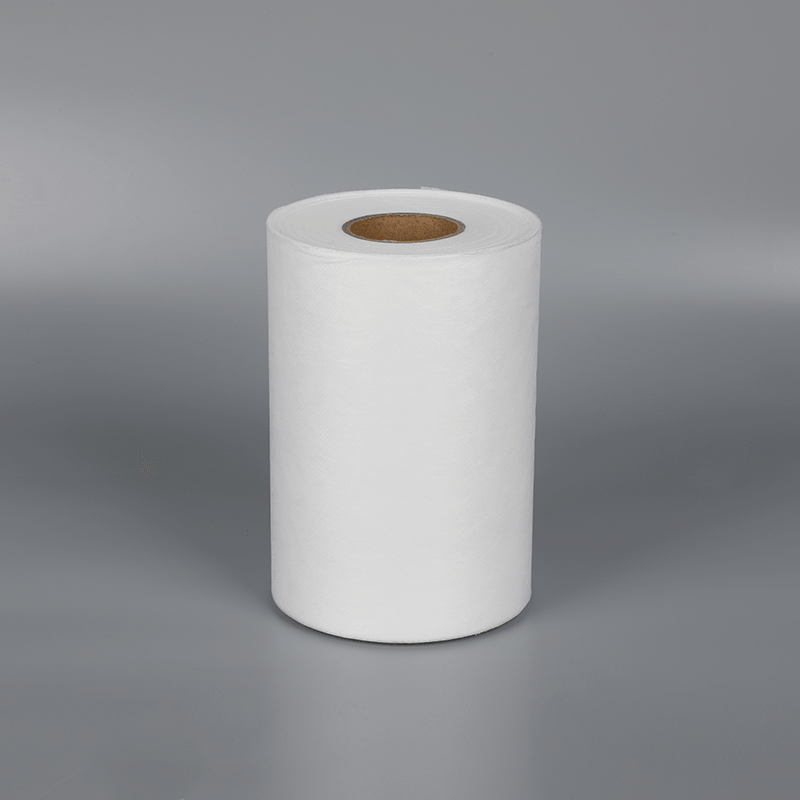Polylactic acid (PLA) is a biodegradable plastic that is manufactured from renewable resources. It is derived from corn. In fact, it is the most cost-effective source of plant starch for the ultimate conversion of sugar. Because it is biodegradable, PLA can be utilized as a substitute for conventional polymers such as polyethylene, polypropylene, and polybutylene terephthalate. The process is relatively inexpensive and allows nonwoven manufacturers to produce more versatile and eco-friendly products.
Nonwovens made from PLA are available in a variety of applications. They can be used as fabric for clothing, sanitary supplies, and kitchen drainage. Additionally, they can be used in horticulture. Some of the incomparable properties of this material include its antimicrobial properties and its flame retardant properties. For this reason, many companies are developing new products based on this material.
Nonwoven fabrics that use PLA are produced with a sheath/core bicomponent structure. Sheath/core bicomponent structures provide the nonwoven with a high degree of biocompatibility and durability. However, they also reduce the strength of the fabric, causing it to lose tensile and compressive strength. This is due to the fact that biodegradable materials degrade under certain environmental conditions.
A nonwoven fabric containing PLA may be obtained by blending an aliphatic polymer component with one or more carboxylic acid groups and a second polymer component that is derived from an aliphatic polymer. The composite may be derived from an aliphatic polymer component having two hydroxyl groups or a cycloaliphatic polymer component.
Another method of preparing nonwoven fabric with PLA is to use thermal point bonding. Thermal point bonding involves the formation of a three-dimensional geometric bonding pattern in the web by using a calendar and cooperating rolls. The web is then wound onto a winder. To achieve the web, a layer is prepared that is generally comprised of at least 95 percent pure PLA and no more than 5 percent additives. These additives may be a colorant, a lubricant, a softening agent, or an antioxidant.
Alternatively, a nonwoven fabric may contain a blend of PLA and secondary alkane sulfonate. The blend may comprise a first polymer component that defines a sheath, and a second polymer component that defines a core. The sheath/core bicomponent structure reduces costs in the overall process of producing nonwoven fabric. Consequently, nonwovens that utilize this technique are preferred over ones that are created without it.
To prepare a nonwoven fabric containing PLA, an ionization source is positioned near a spin beam. The ionization source can be positioned in a cross-direction of the fabric or on its surface. Ionization can be achieved by passing filaments close to the ionization source or by exposing the fabric to a stream of ions. Positive ions may be added to the stream, and negative ions may be used to neutralize the static charge.
During the formation of PLA continuous filaments, humidity may be added to the spin beam, which can provide additional management of the static charge. This will modify the liquid transport properties of the fabric.
 Fully Degradable PLA Polylactic acid
Fully Degradable PLA Polylactic acid
|
Weight
|
10gsm -200gsm
|
|
Width
|
1.6m
|
|
Color
|
Customized
|
|
Capacity
|
5 tons/day
|
